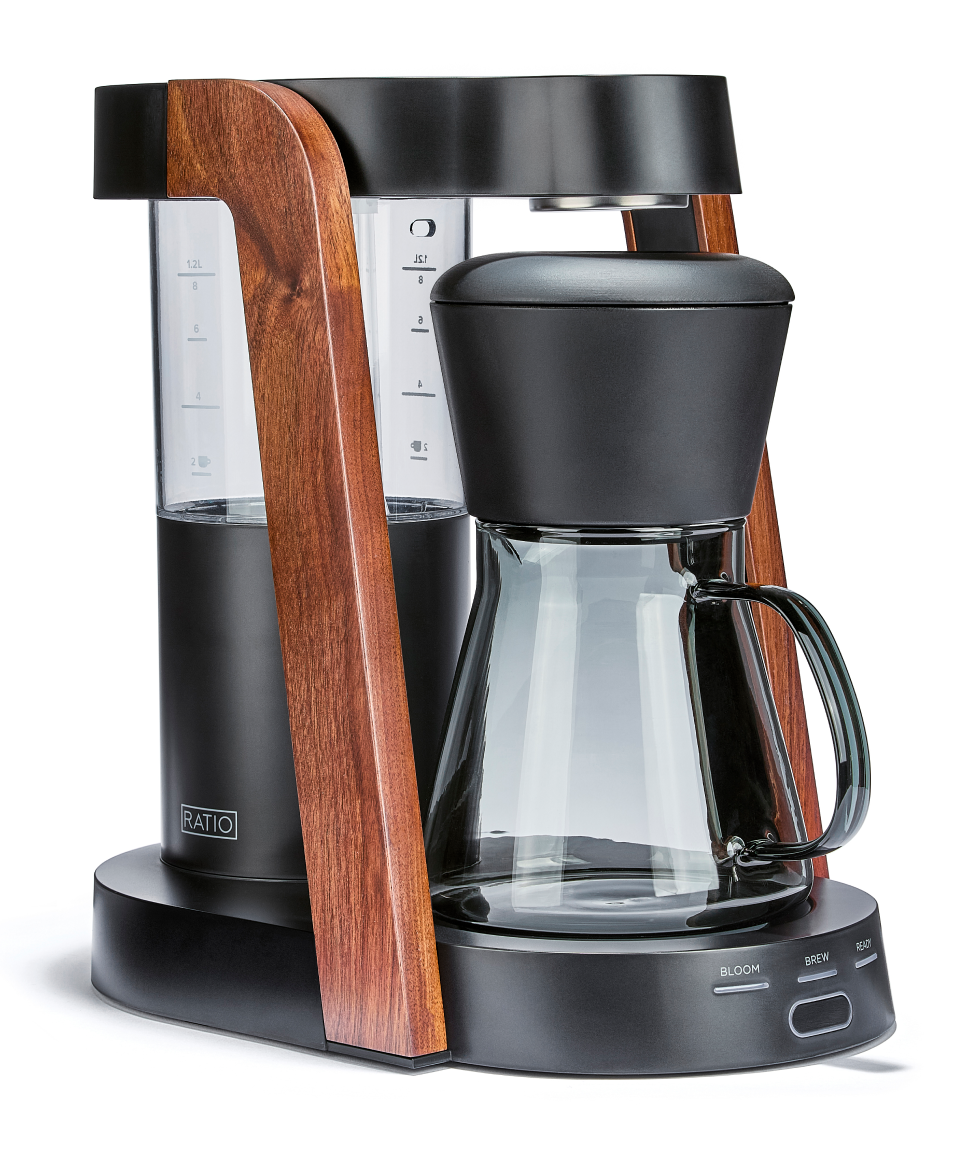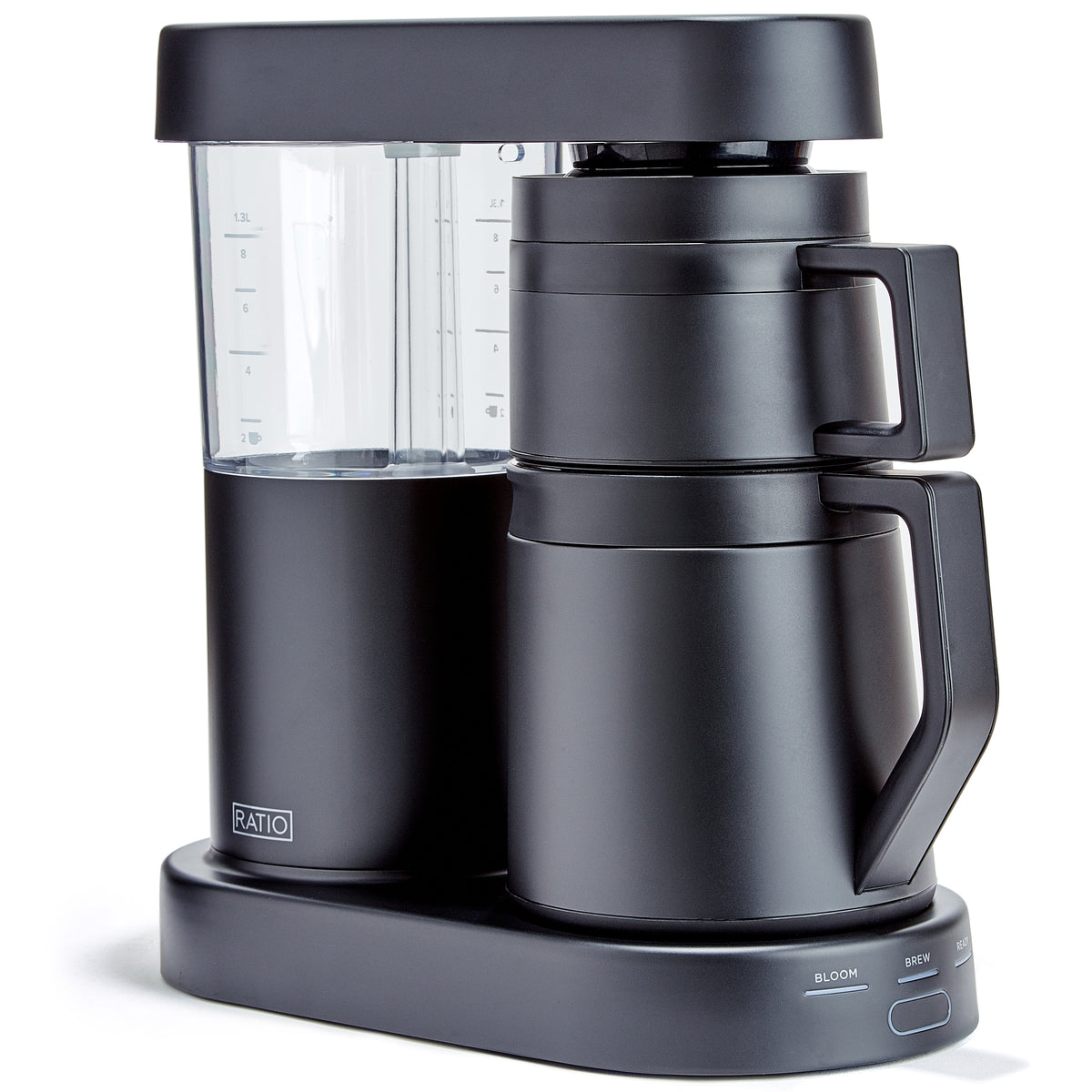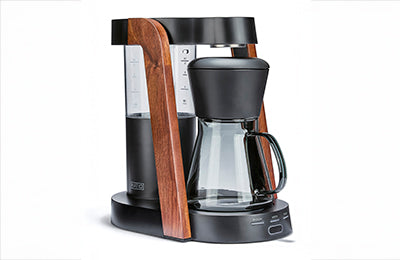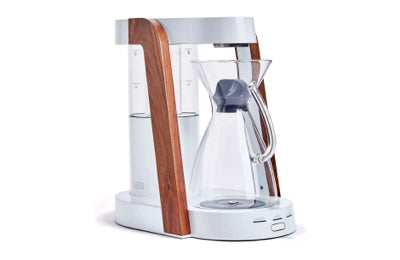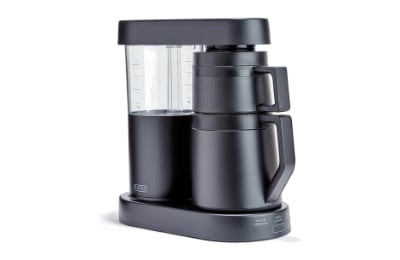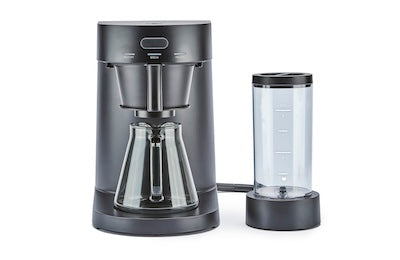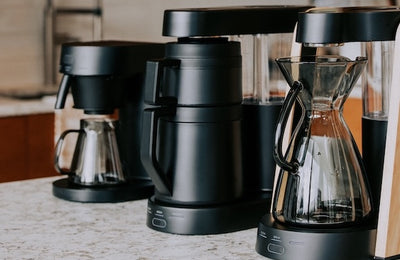Your Cold Brew Tastes Flat? You’re Probably Using the Wrong Grind
Key Takeaways
-
Grind size has a major impact on cold brew’s flavor, clarity, and balance
-
Too fine a grind leads to over-extraction and muddiness; too coarse results in weak, under-extracted brews
-
Aim for a breadcrumb-like, extra-coarse consistency to avoid bitterness and sludge
-
Proper filtration and steep time are just as important as grind size
-
A consistent grind helps highlight cold brew’s natural sweetness and smoothness
Cold brew is beloved for its mellow body, low acidity, and forgiving nature. But every once in a while, your batch turns out flat — or worse, gritty, overly bitter, or weak. If this sounds familiar, your grind might be the culprit.
Despite cold brew’s laid-back reputation, its success depends on a few non-negotiables. Chief among them? Grind size.
It’s not just about how long you steep — it’s about how you start. Let’s take a closer look at how grind consistency plays a crucial role in making cold brew that actually tastes great.
Why Grind Size Matters More Than You Think
Unlike hot brewing methods that extract quickly with heat, cold brew relies on time. But without the right grind, time works against you instead of for you.
Too fine a grind = over-extracted, bitter, sludgy coffee
Too coarse a grind = under-extracted, weak, watery coffee
Grind size affects how water interacts with coffee grounds:
-
Fine particles absorb water faster, leading to rapid extraction
-
Coarse particles extract slowly and evenly over time
This interaction also influences how consistent your batch will be from top to bottom. Since cold brew is often brewed in large volumes, grind size plays a role in whether the final result is uniform or a confusing blend of highs and lows.
Get the balance wrong, and your flavor profile suffers. But with the right grind, you unlock the clean, sweet, low-acid characteristics cold brew is known for.
What the Ideal Cold Brew Grind Looks Like
The gold standard for cold brew is a grind size similar to raw sugar or coarse breadcrumbs — not as chunky as peppercorns, but far from espresso-fine.
Visually, the grounds should have some heft to them and fall between the cracks of your fingers when rubbed together. If they clump, they’re too fine.
Signs your grind is too fine:
-
Gritty texture in the bottom of the jar
-
Bitter, overbearing taste
-
Cloudy appearance
-
Long or difficult straining time
Signs your grind is too coarse:
-
Watery taste, lacking body
-
Weak aroma or dull flavor
-
Pale or overly light brew
-
Quick steeping with little to no complexity
Using a burr grinder lets you control consistency and avoid uneven extraction. Consistency is especially important if you plan on refining your cold brew recipe over time.
Grind vs. Filter: A Common Overlooked Combo
Even if your grind is on point, pairing it with the wrong filter will ruin your brew. A fine grind in a coarse mesh filter leaks sediment into the final cup.
The relationship between grind and filtration is symbiotic. You need the right match to avoid muddy or overly clear brews.
Best practices:
-
Use a metal filter or fine mesh with coarse grinds
-
If using cheesecloth, layer it or fold it twice
-
Avoid using paper filters designed for drip coffee unless you're straining cold brew concentrate after the fact
-
Consider a double-filtration method if clarity is a priority
Cold brew may be low maintenance, but the filtration stage deserves respect. Even a great grind can taste off if your filter leaves behind sludge or lets too much oil through.
Grind Consistency and Batch Size
Making cold brew in large batches? The stakes go up. Inconsistent grind = uneven extraction on a bigger scale.
Bigger brews require extra attention to your process. A minor mistake at scale becomes far more noticeable.
Tips for big-batch brewing:
-
Calibrate your grinder for consistent particle size
-
Stir the slurry well so all grounds are saturated
-
Weigh your grounds — eyeballing leads to uneven ratios
-
Use a timer to track your steep for each batch
An off grind might not show up in a single glass, but you’ll definitely taste it in a full pitcher. For cafes or at-home enthusiasts who prep for the week, consistency is the backbone of repeatable flavor.
Why Grind Matters More for Cold Brew Than Hot Brew
Hot water speeds up extraction, masking small flaws in grind size. Cold water has no such mercy.
Since cold brew takes 12–24 hours to steep, the grind has to be dialed in from the start. It’s the one element you can’t adjust once the process begins.
This is why burr grinders, not blade grinders, are the tool of choice for anyone serious about quality.
Bonus: Impact on Concentrate vs Ready-to-Drink
Cold brew can be brewed as a concentrate or ready-to-drink. Your grind impacts both:
-
Concentrates benefit from a slightly coarser grind to offset longer steeping
-
Ready-to-drink versions do well with a slightly finer grind for a fuller mouthfeel
Understanding this gives you flexibility depending on how you intend to serve your cold brew.
Cold Brew That’s Anything But Flat
Great cold brew is rich, velvety, and quietly complex. It doesn’t slap you with acidity — it wins you over with smoothness.
The wrong grind size strips that experience down to a shadow. But get it right, and your brew will stand tall — even over ice, milk, or in concentrate form.
Modern brewers like Ratio Coffee provide a consistent hot brew foundation, but understanding grind size gives you the edge when switching to cold methods. When everything starts with the grind, it ends with a better cup.
Frequently Asked Questions
Can I use pre-ground coffee for cold brew?
It’s not ideal — pre-ground coffee is usually too fine and stale. Freshly grinding your own beans coarsely is best.
How coarse should the grind be for cold brew?
Think raw sugar or sea salt. Not chunky like cracked pepper, but definitely not sand-like.
What happens if I grind too fine?
You’ll get bitter, over-extracted brew with a gritty texture. It can also clog filters and slow down straining.
Is a burr grinder necessary?
Yes, if you want consistency. Blade grinders produce uneven grinds that lead to poor extraction.
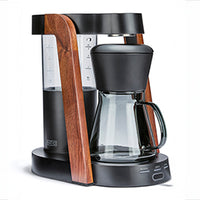 Ratio Eight S2
Ratio Eight S2
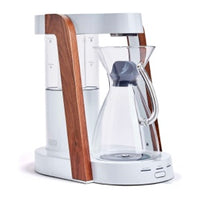 Ratio Eight Original
Ratio Eight Original
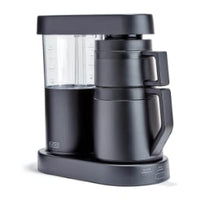 Ratio Six
Ratio Six
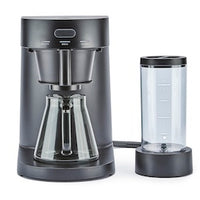 Ratio Four
Ratio Four
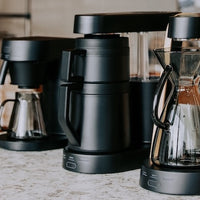 Compare Machines
Compare Machines
